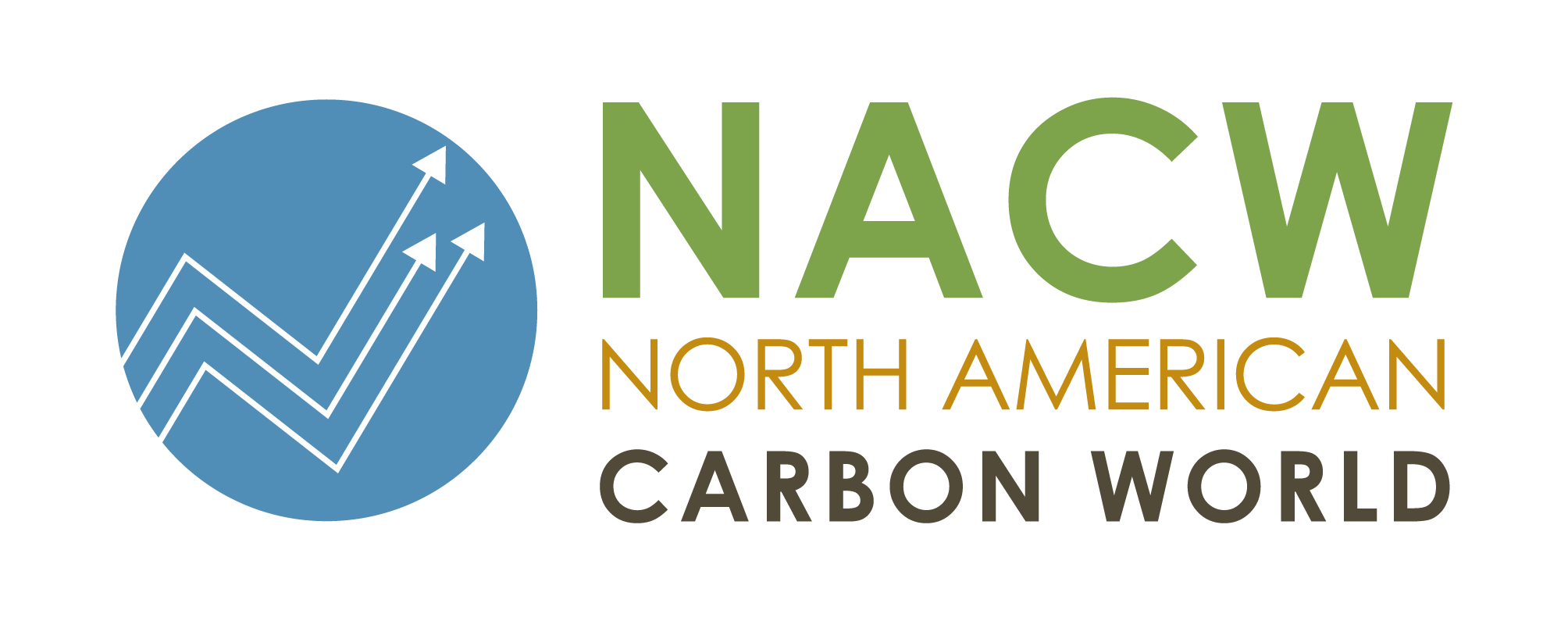
written by TerraPass
MOM’s Organic Market is an innovative and progressive green business at its core, and it came as no surprise when they wanted to team-up with us to take it one step further by offsetting the emissions created by their customers’ shopping trips with their “TerraPass Your Gas” initiative.
MOM’s, a homegrown organic grocer in the DC/Baltimore region, started collecting their customers’ zip codes in late 2011 to determine the average distance the customer travelled for each shopping trip. On behalf of their customers, MOM’s now purchases carbon offsets from TerraPass projects in direct proportion to the emissions from its customers’ shopping trips. MOM’s estimates it will be able to offset over 6,000 tons of CO2 per year, the equivalent of eliminating the annual greenhouse gas emissions from 1,067 passenger vehicles.
To make things even more local TerraPass included CRTs in MOM’s region. Their portfolio to offset the “TerraPass Your Gas” initiative will include a CAR verified landfill gas capture project at either Dorchester County New Beulah Landfill in Dorchester County, Maryland, or Worcester County Landfill Gas-to-Energy Project in Newark, Maryland. Both projects benefit climate change strategies by reducing the amount of greenhouse gases (methane) that would otherwise be released into the atmosphere. Both projects have various environmental benefits such as improvement in air quality, and significantly reducing the carbon footprint in the areas where the projects are located, and where MOM’s customers live and work.
MOM’s mission is to protect and restore the environment. It has launched several other campaigns, including “Plastic Surgery”, which eliminated all bottled water and replaced unnecessary plastic waste (plastic produce bags) with packaging made from biodegradable materials, “Stop the Trash”, an effort to increase landfill diversion (they achieved an 85% recycling rate), and “Think Outside the Bag”, eliminating plastic bags since November 2005
And the campaigns are just a few highlights. MOM’s is the consummate example of an environmentally-run business which walks the walk. Their practices include sourcing local and organic whenever possible; selling only sustainable seafood; supporting renewable energy; composting; providing Green Benefits for employees, and much more.









